Many boaters are familiar with electrolytic metal erosion (EME). Put dissimilar metals, brass, and aluminum, for example, in contact underwater or in a salt spray, and the aluminum corrodes rapidly. In chemistry terms, it’s the same process that takes place in a battery, and it can be extremely damaging to a boat and its key operating components.
EME is commonly referred to as a galvanic effect in automotive cooling systems that can lead to premature water pump failure. Prevention means understanding the factors that cause it and proper preventative maintenance.
The ChemistryGalvanic effect needs three things to be present:
- Electrochemically dissimilar metals
- Electrical contact among those metals
- Exposure of those metals to an electrolyte
‘Electrochemically dissimilar’ refers to the relative willingness of metals to give up the electrons in their atomic structure. Zinc will give up its electrons to iron, for example, and aluminum does the same to brass.
This transfer of electrons can’t happen unless the two metals are in contact. Put an insulating film between them and there’s no electrical contact, so no movement of electrons.
Less obviously, the galvanic effect needs a third component – the electrolyte. Usually, water or a similar liquid provides the medium that completes the electrical circuit, letting electrons flow and allowing one of the metals to dissolve. Seawater is an especially effective electrolyte, which is why electrolytic metal erosion is such a problem for boats.
Preventing Galvanic Effect with Engine Coolant
Iron and aluminum are both found in modern engines, along with brass, copper, magnesium, and an increasingly exotic mix of alloys. Add in the coolant, and conditions are ripe for galvanic corrosion unless the coolant can be stopped from acting like an electrolyte.
Deionized or distilled water doesn’t conduct electricity simply by itself, so it won’t act like an electrolyte. Adding the proper amount of coolant to the water will create a mixture that allows for optimal system protection against freezing and overheating as well as a galvanic effect. Modern engine coolants also contain corrosion inhibitors to keep the system in top condition.
Checking Coolant Condition
Coolant loses its protective properties over time. Even in a new engine, it gradually picks up impurities, making it steadily more conductive and creating an environment where the galvanic effect can become a problem. That’s why it’s prudent to check its condition, especially if it’s been in the system for a while.
A periodic check of the pH level will help indicate when it is time to flush the system reducing the likelihood of problems related to the galvanic effect. Test strips that measure the pH value of the coolant/water mixture for acidity are available at your local parts store. With a cool engine, open the radiator cap, dip the test strip into the coolant, and read the results against the chart that comes with the strips.
A multimeter can be used to measure potential voltage in the coolant or check for the presence of galvanic effect activity. Open the cooling system at the radiator cap. Dip the positive probe of the meter in the coolant and ground the negative probe against the engine block, then check the voltage. Ideally, the meter will read 0V. More typically though, it will show several millivolts. A reading higher than 0.3V indicates that the coolant is starting to perform as an electrolyte, and it’s time it was replaced.
Clean, Flush, Fill
Avoid the galvanic effect by changing the coolant at intervals determined/recommended by your vehicle’s manufacturer.
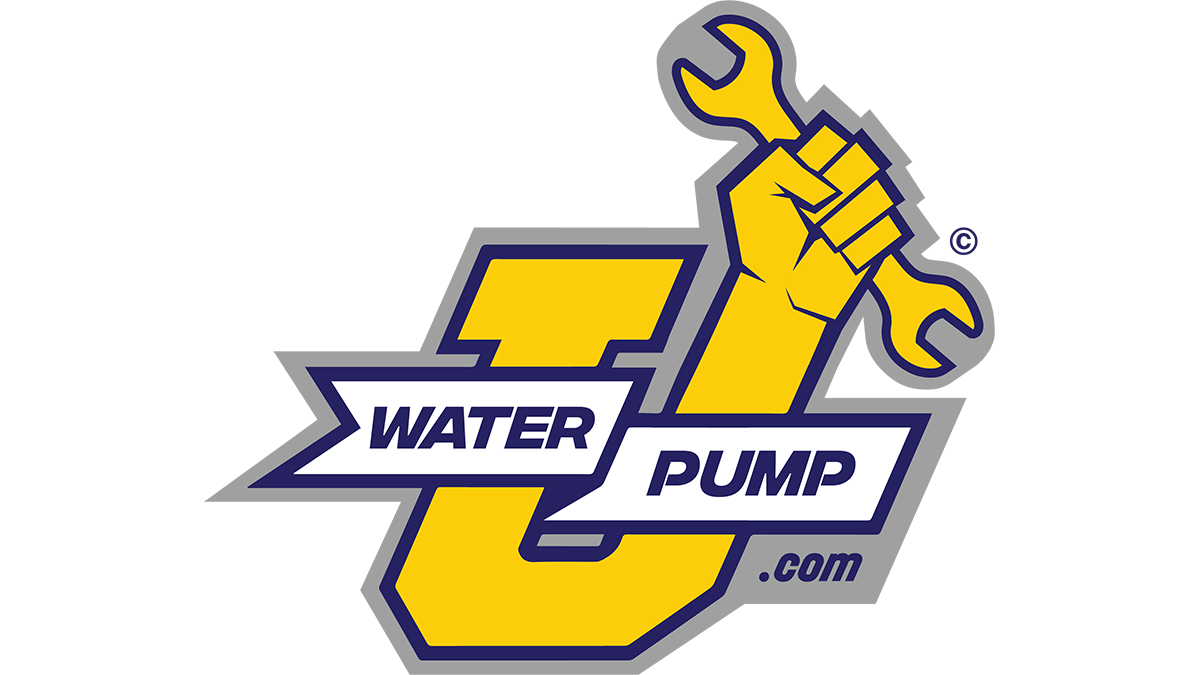
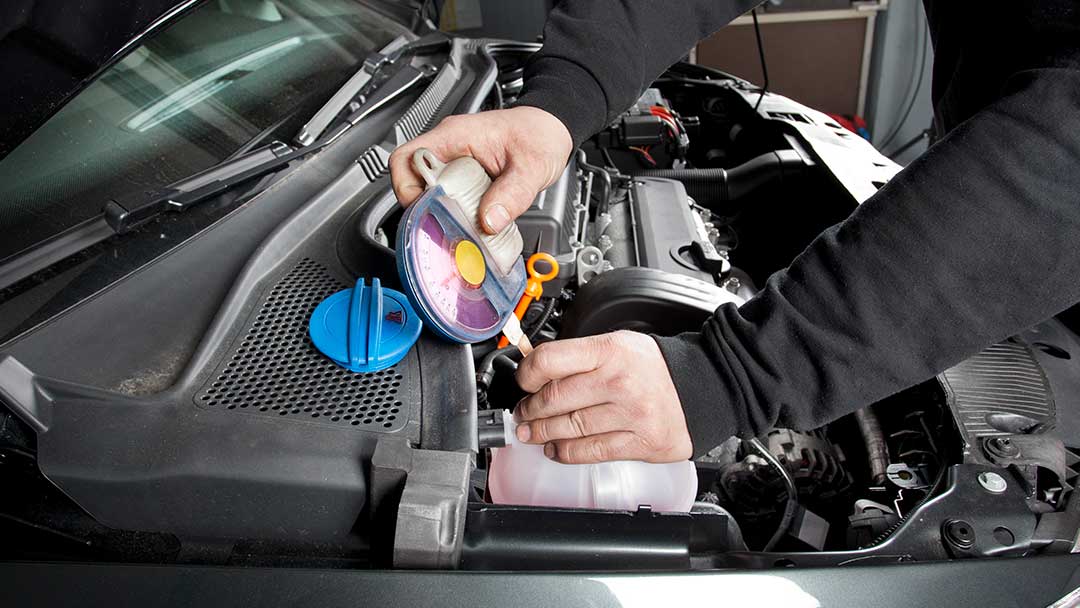

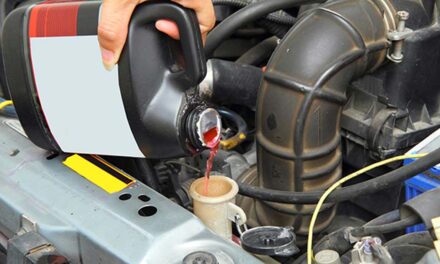
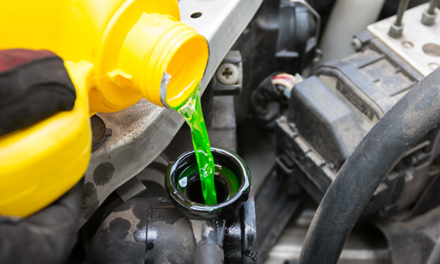
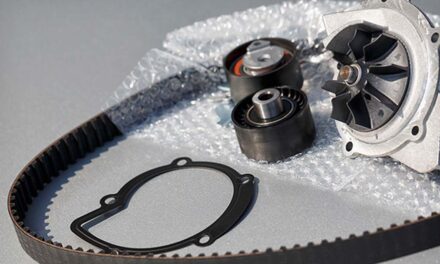



![[Vehicle Fitment]: Compatible with Dodge B150/B250/B350 1993-1994, B1500/B2500/B3500 1995-1998, D150/D250/D350 Pickup 1993, W150/W250/W350 Pickup 1993 [Vehicle Fitment]: Compatible with Dodge Dakota 1993-2003, Durango 1998-2003, Ram 1500 Pickup 1994-...](https://m.media-amazon.com/images/I/41nON9gTmaL._SL100_.jpg)
Does a Sacrificial Anode need to be electrically grounded to engine block to function cirrectly?